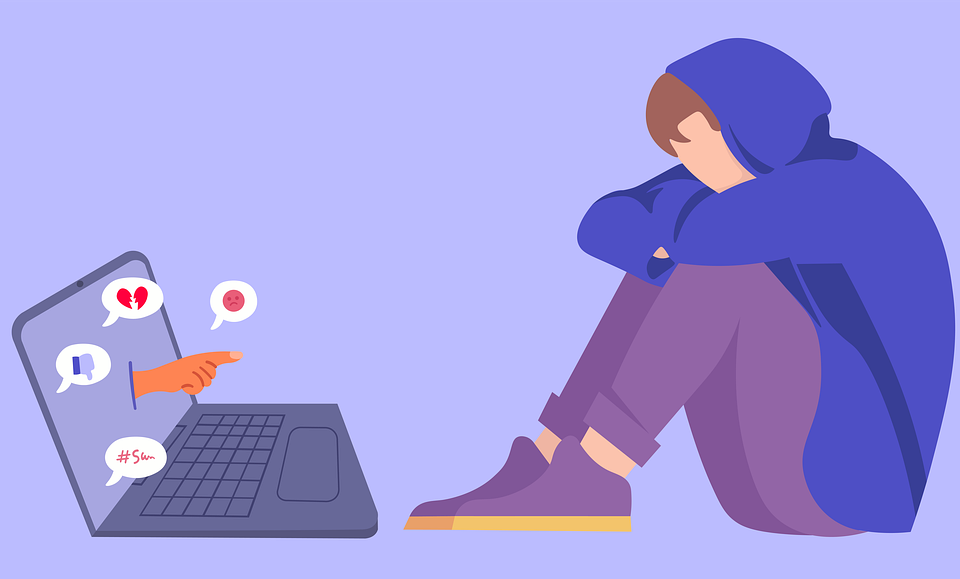The Positive and Negative Impact of Social Media on Teenagers
Many parents are concerned with their teenager’s screen time on various social media platforms. Is the impact of this mania a positive or a negative one?
Online communication has become a way of life for all teens across the US. There’s always a good and not so good side regarding technology.
As you read the article, you’ll see that it’s essential to monitor your child’s social media usage and set limits to create time for other healthy activities.
Below are a few positive and negative impacts relating to social media on teens.
Positive
-
Social Skills
One of the positive effects is connecting with family and friends and sharing information with them. Communication is vital in an era where teens tend to isolate themselves from others. At times, social media can allow your teens to have conversations that they would not have had if they were face to face with their peers.
-
Increase Knowledge of World Events
Online connections are also continually exposing them to issues in their community, country, and world. This kind of information would otherwise not have reached them as teens do not usually watch news broadcasts or read newspapers.
These essential issues are helping them to support people and causes all over the world. They then feel part of something worthwhile.
-
Creativity
They’re able to use their skills and display them for others to see, such as photography or dance. The response they then receive via media platforms allows them to enhance it or to discard it. Some teens have already started generating income by broadcasting their dance routines or photographic skills.
Negative
-
Peer Pressure
We might’ve regarded peer pressure as something that only occurs at schools and within groups of kids who hang out together. Yet, this is very prevalent on social media as well. There’s pressure to get as many likes as possible on the various platforms resulting in teens engaging in risky behavior.
An example of this behavior is sexting, which is the act of sending photos or text messages to another person that are sexually explicit. Child pornography is when those photos and messages are sent out to people they were not meant for, and your teen is underage. Look here for information about child pornography and what a lawyer can do if your child is the victim of anything related to this topic.
-
Cyberbullying
This form of bullying has become quite popular in recent years to the point where teens commit suicide. Being bullied on media platforms is so much worse than being bullied at school, as the audience is much broader.
-
 Mental Health
Mental Health
It’s not only teenagers whose mental health can be affected by social platforms, but adults too. There’s constant FOMO (Fear of Missing Out), so they feel compelled to check their various accounts all the time.
This behavior becomes so obsessive that teens miss out on interactions with others, sleep, schoolwork, and even eating. They face the anxiety of having to be connected in case “something happens.” In the event they miss out on something, they become depressed.
Take Away
In closing, it’s clear that social media can have a positive and negative impact on your teen’s life. The positive can enhance their life by participating in causes that make a difference in the world, but the negative can lead them to self-destruct.
The challenge to parents is to ensure there is a healthy balance in their teen’s life and to encourage the positive impact of social media.


 Mental Health
Mental Health